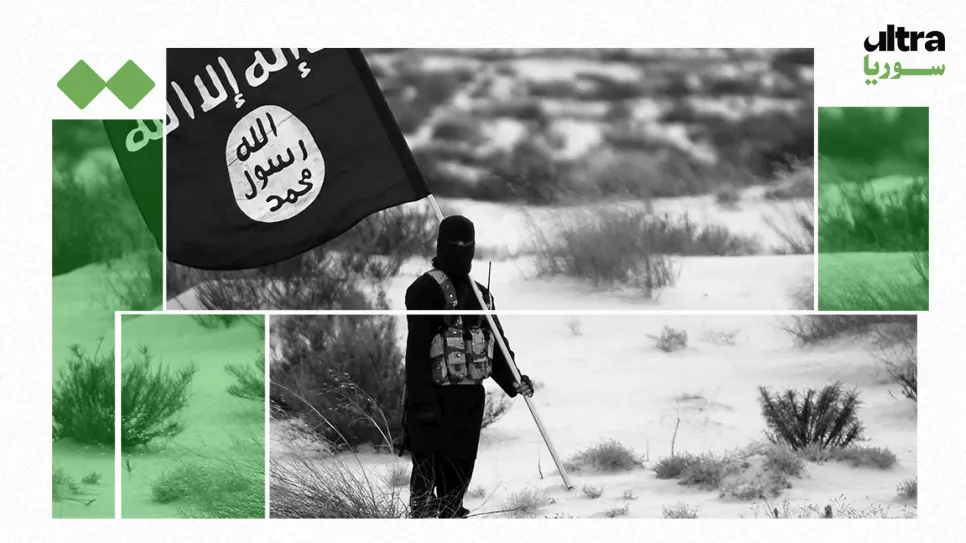The Islamic State (ISIS) has begun to reassert its presence in Syria, capitalizing on the power vacuum left by the sudden collapse of Bashar al-Assad’s regime in late 2024. According to a new analysis by the Soufan Center, a leading global security think tank, the group is exploiting the transitional period and the resulting security fragmentation among local and international actors to quietly regroup.
The report notes that ISIS has ramped up its operations, targeting territories held by both the Syrian Democratic Forces (SDF) and the transitional government. As Syria struggles to rebuild after decades of dictatorship, foreign intervention, and economic collapse, the resurgence of ISIS poses a critical threat to national stability and reconciliation efforts.
From Collapse to Opportunity
ISIS, the analysis argues, has used the fall of Assad—a figure it long demonized as a recruitment tool—as a moment to rebrand and reposition. The group’s current campaign appears designed to inflame sectarian tensions, fracture emerging institutions, and delegitimize the transitional government.
On 18 May, ISIS carried out its first direct attack on government forces in Deir ez-Zor, following a string of counterterrorism operations by the new authorities. Among them was the January foiling of a plot to bomb the Sayyida Zainab shrine near Damascus—an attack eerily reminiscent of the 2006 al-Qaeda bombing of the al-Askari shrine in Samarra, Iraq. Had the plan succeeded, it would have provided ISIS with a massive propaganda victory.
The Soufan Center reports that the transitional government has successfully thwarted at least 12 ISIS plots in 2025, including an alleged assassination attempt against President Ahmad al-Sharaa. Nonetheless, the majority of attacks remain concentrated in SDF-controlled areas. Citing researcher Charles Lister, the analysis reveals that 94% of ISIS’s 2025 attacks in Syria occurred in SDF-held territory.
Fragile Security Gaps
The report attributes this vulnerability to the ongoing delay in integrating the SDF into the Syrian national army and the lack of clarity surrounding the management of detention centers housing ISIS fighters. These institutional gaps have allowed the group to exploit weaknesses in the security architecture of northeastern Syria.
Some sources cited in the analysis claim that the United States has privately urged the Syrian transitional government to complete the integration of SDF forces before the end of August. However, this comes as Washington is drawing down its military presence—from eight bases to just one—raising questions about the sustainability of U.S. engagement.
While President Donald Trump recently appointed Ambassador Thomas Barrack as the U.S. Special Envoy to Syria, the Soufan Center cautions that this appointment may be more symbolic than strategic. For now, counterterrorism appears to remain the principal American priority, with expectations that the fight against ISIS will increasingly fall on the shoulders of Syrian authorities.
ISIS Eyes Prisons and Propaganda
One of the most concerning scenarios outlined in the report is the potential for ISIS to launch prison breaks or attacks on camps housing some 10,000 of its fighters and 40,000 women and children associated with the group. A similar operation in 2022 allowed ISIS to regain momentum and recruit new fighters by showcasing its operational capacity.
ISIS is also ramping up its propaganda efforts. Through its weekly publication Al-Naba, the group portrays both the transitional government and the SDF as puppets of the United States, urging foreign fighters not to become expendable tools in Sharaa’s bid for international approval.
Sectarian Fractures and Regional Entanglements
The Soufan analysis warns that persistent sectarian tension—particularly between the transitional government and elements of the Alawite community—remains a dangerous fault line. At the same time, overlapping agendas from regional actors like Iran, Russia, and Israel continue to hinder coordinated counterterrorism efforts.
The report reveals that the Syrian government recently intercepted Iranian-made weapons en route to Hezbollah, including artillery rockets. This, the analysis suggests, reflects Iran’s scramble to reassert its influence following the downfall of its key ally in Damascus. Israel, for its part, is expected to maintain an aggressive military posture inside Syria, continuing its pattern of targeted airstrikes.
A Fragile Landscape
In conclusion, the Soufan Center warns that even countries nominally committed to eradicating ISIS are often working at cross-purposes. The absence of a unified counterterrorism strategy risks giving ISIS the space it needs to rebuild. Without a comprehensive and coordinated effort, Syria may remain a fertile ground for extremist resurgence.
This article was translated and edited by The Syrian Observer. The Syrian Observer has not verified the content of this story. Responsibility for the information and views set out in this article lies entirely with the author.


